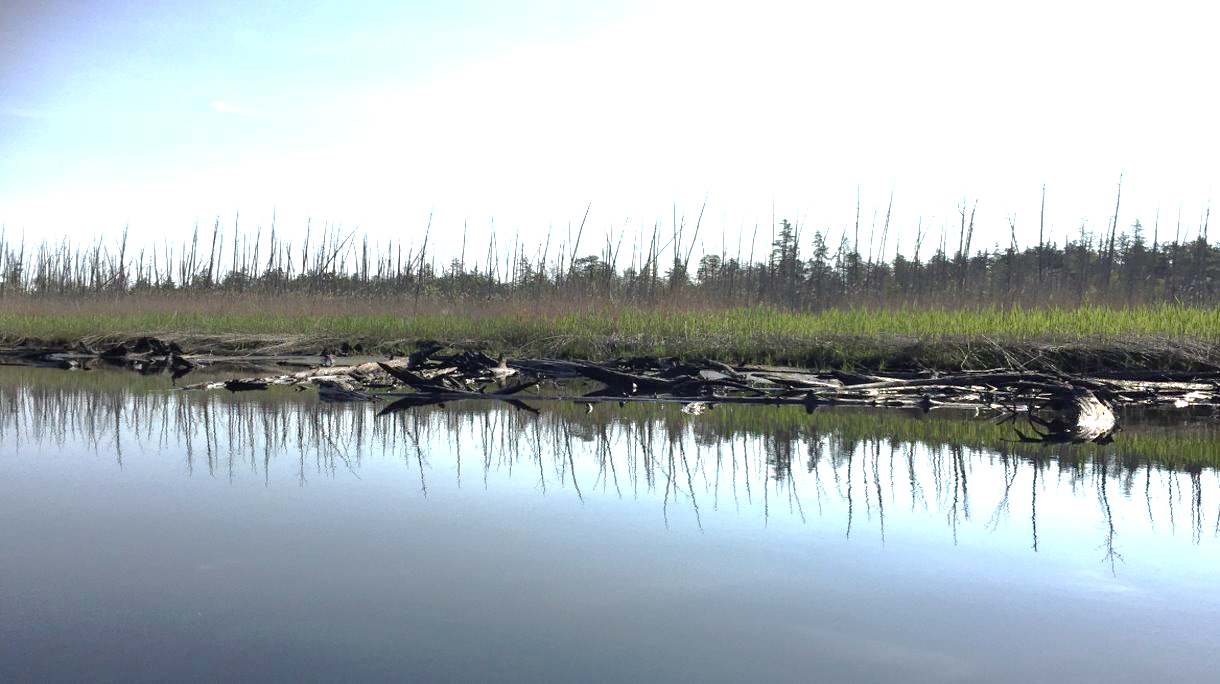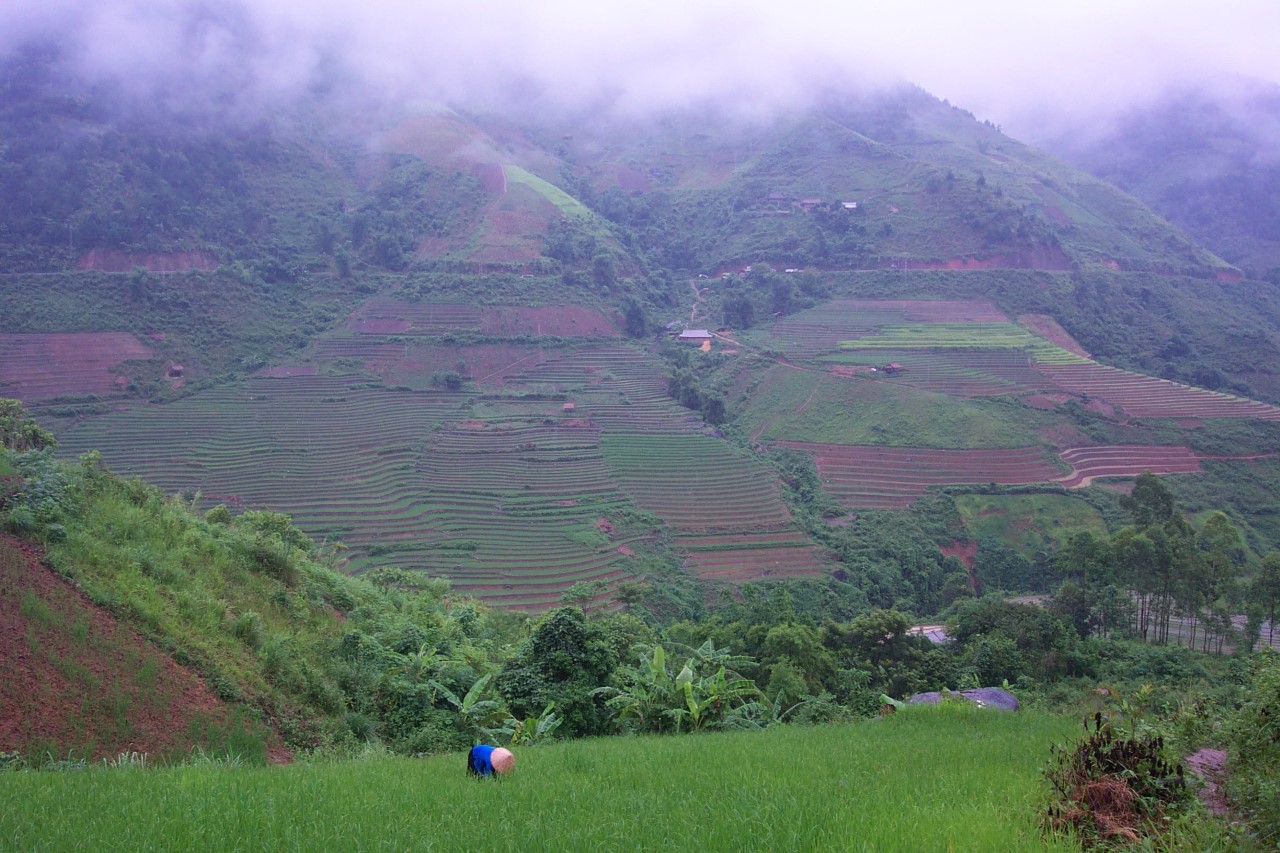Climatic warming is altering the structure and function of alpine ecosystems, including shifts of vegetation boundaries. The upward shift of alpine treelines, the uppermost limit of tree growth forming the boundary between montane forest and alpine communities, is strongly modulated by shrub-tree interactions. But little is known on the responses of such coexisting life forms to a warmer climate.
Tag: Shrubs
Horticulture expert addresses plant resiliency as seasons change
A West Virginia University expert is offering insights on the effects lingering winter weather and fluctuating temperatures could have on trees, shrubs and flowers heading into the official start of spring on Monday, March 20. Mira Danilovich, associate professor with…
New Technique Maps Large-scale Impacts of Fire-induced Permafrost Thaw in Alaska
For the first time, researchers have developed a machine learning-based ensemble approach to quantify fire-induced thaw settlement across the entire Tanana Flats in Alaska, which encompasses more than 3 million acres. They linked airborne repeat lidar data to time-series Landsat products (satellite images) to delineate thaw settlement patterns across six large fires that have occurred since 2000. The six fires resulted in a loss of nearly 99,000 acres of evergreen forest from 2000 to 2014 among nearly 155,000 acres of fire-influenced forests with varying degrees of burn severity. This novel approach helped to explain about 65 percent of the variance in lidar-detected elevation change.

“Ghost Forests” Expanding Along Northeast U.S. Coast
Why are “ghost forests” filled with dead trees expanding along the mid-Atlantic and southern New England coast? Higher groundwater levels linked to sea-level rise and increased flooding from storm surges and very high tides are likely the most important factors, according to a Rutgers study on the impacts of climate change that suggests how to enhance land-use planning.

How to Tackle Climate Change, Food Security and Land Degradation
How can some of world’s biggest problems – climate change, food security and land degradation – be tackled simultaneously? Some lesser-known options, such as integrated water management and increasing the organic content of soil, have fewer trade-offs than many well-known options, such as planting trees, according to a Rutgers-led study in the journal Global Change Biology.